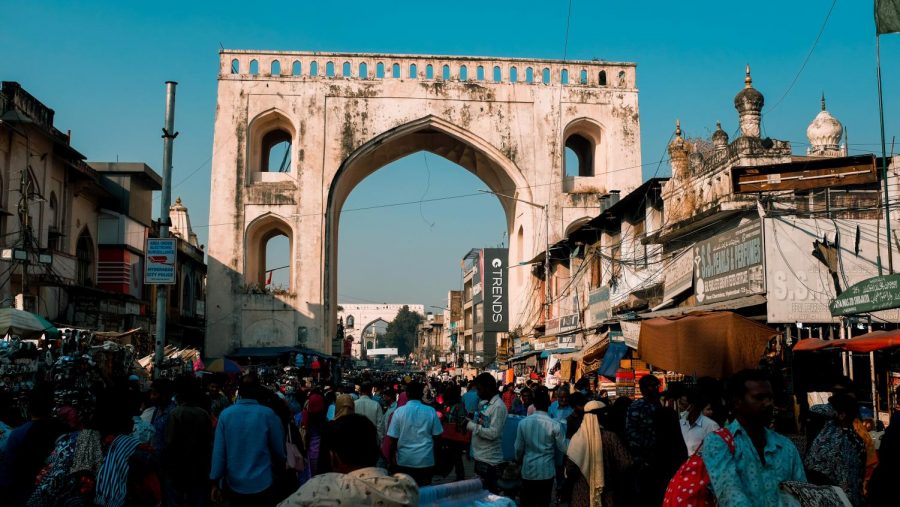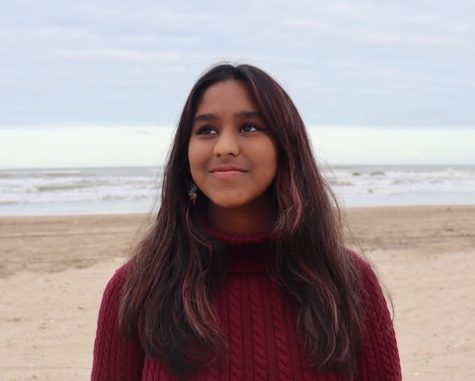Westwood Students React to COVID-19 Surge in India
Tejj
India is battling to control its recent COVID-19 outbreak that is devastating the nation. Westwood’s population of Indian students have reacted to India’s current state of crisis.
May 3, 2021
After over a year since COVID-19 spread across the world and triggered a global pandemic, India is facing a national crisis with a devastating wave of new infections. Though the country had previously escaped some of the worst complications of the disease, it is now contending with oxygen and hospital bed shortages, mass cremations, and more than 350,000 cases per day. The case numbers continue to rise, and some experts say that those statistics may even be downplayed to at least half of their true value. Westwood’s significant population of Indian students have reacted to India’s current state of emergency.
“I’ve been lucky enough to not know any direct family members who’ve been affected, but even among the relatively small Indian community my family associates with, there have been so many families who have lost people to the virus,” one anonymous student said. “What makes it even worse is that even though we know so many people affected by the crisis, the official numbers don’t really reflect that, which is minimizing the problem for a lot of people and really just making the issue worse.”
The sharp spike in cases throughout the nation has also caused several countries, including the US, to close their borders to Indian travellers. Students have expressed concern about families in India who cannot leave due to these restrictions.
“Some of my relatives in India have gotten the disease,” Vinay Pillai ‘23 said. “[But] I also have elderly family in Houston [who] visited India this year, and they have been stuck [there] for months due to the COVID situation, and [they] aren’t able to get back home.”
Large cities like Mumbai and New Delhi are experiencing the worst of the second wave. Experts believe that this surge within the last two months was mainly caused by more infectious variants of the virus, including the B.1.1.7 and the B.1.617 strains. Another factor of the sudden increase in cases was the relaxed restrictions on various congregations of people, including several religious celebrations that took place in March.
“My grandfather told me how there were gatherings of thousands of people for festivals in Southern India,” Pillai said. “And that simply can’t be happening if the [COVID-19] crisis needs to be controlled.”
Large political rallies have also been linked to the center of this unexpected escalation. Several students have mentioned the government’s slow response to this second wave, and the resulting public anger due to their inaction.
“[Since] it’s election season, there have been loads of rallies for each politician with minimal health precautions,” the anonymous student said. “Most people are wearing masks wrong, if they even wear them at all, which is only adding to the rising case numbers. [It’s] also providing the politicians with an excuse to ‘show off’ how ‘well’ they’ve handled the issue, basically by promoting skewed statistics.”
Many students have also voiced their opinions about the government’s response to the virus even before the tidal wave of new infections began. Though India has consistently been the leading vaccine producer globally, a relatively small amount of the population has received full immunization for the disease due to the large number of exports the nation made prior to its recent outbreak.
“The government needs to do more in order to help the population and provide for people who may be affected, especially the elderly and people with the lower income,” Shreya Ganti ‘23 said. “While they have done some preparation, it’s evidently not enough. Especially donating vaccines internationally before providing for the country primarily seems like a bad choice.”
India has reached out for aid, however, and the US is currently delivering over $100 million in supplies to Indian hospitals and frontline health care workers. The Indian government is also taking care to ensure that citizens are aware of the emergency and are following the best advice.
“Corona is testing the limits of all of us at enduring misery,” Indian Prime Minister Narendra Modi said in his Mann Ki Baat radio address. “I had long deliberations with experts from myriad sectors. People from our Pharma industry, vaccine manufacturers, those connected with oxygen production, experts from the medical field have put forth their valuable suggestions to the government. This time, for emerging victorious in this battle, we have to accord priority to expert and scientific advice.”
Even with the assistance of other countries and India’s strengthening stand against the virus, the struggling country is far from overcoming its unanticipated challenges. Burial grounds and crematoriums are overwhelmed due to an onslaught of deaths. The nation’s massive population cannot be vaccinated at the rate required to quell the rising numbers. Thousands of the sick are lining up outside of hospitals, and are constantly turned away due to the scarcity of hospital beds. To stay informed about India’s crisis, visit the New York Times’ live updates on the situation.



